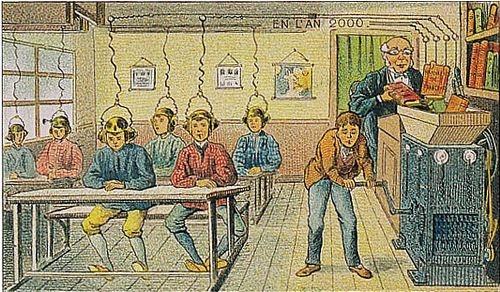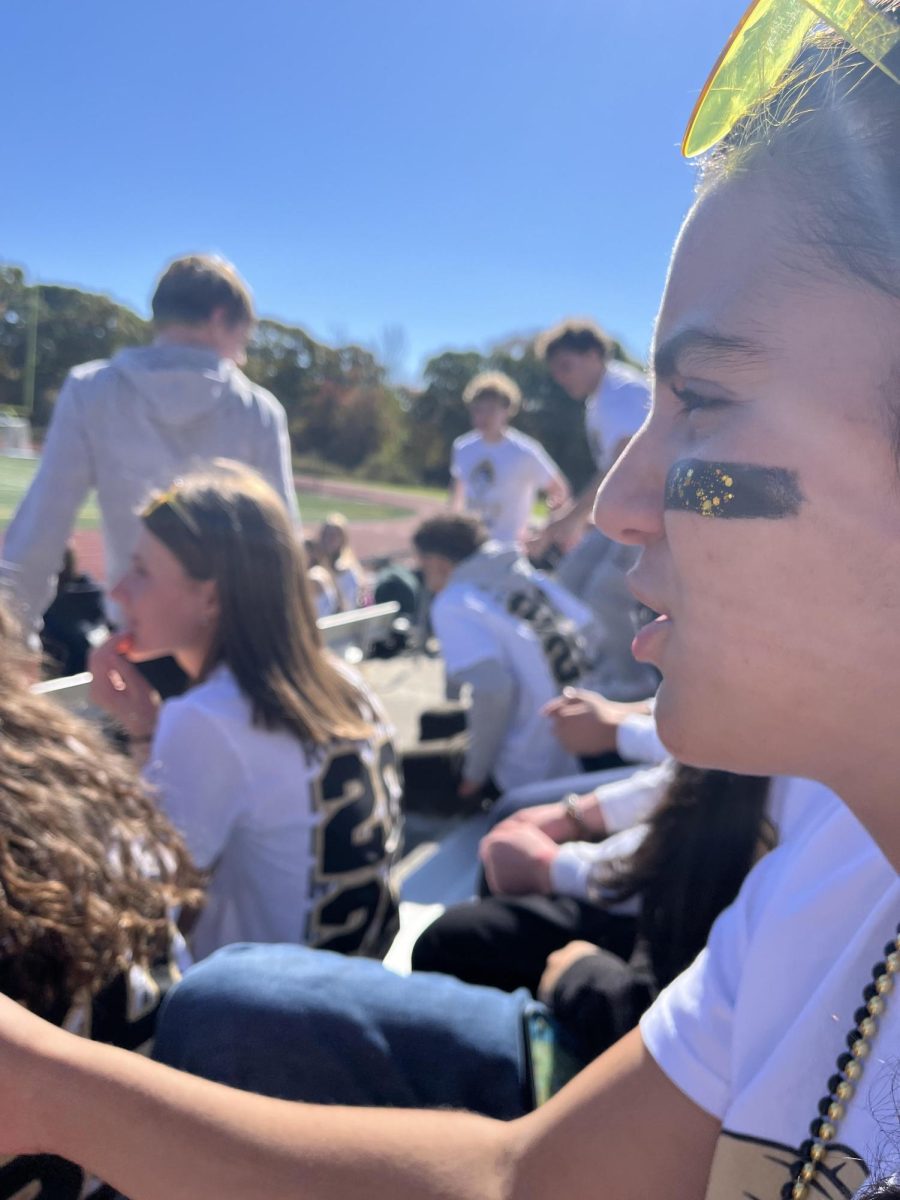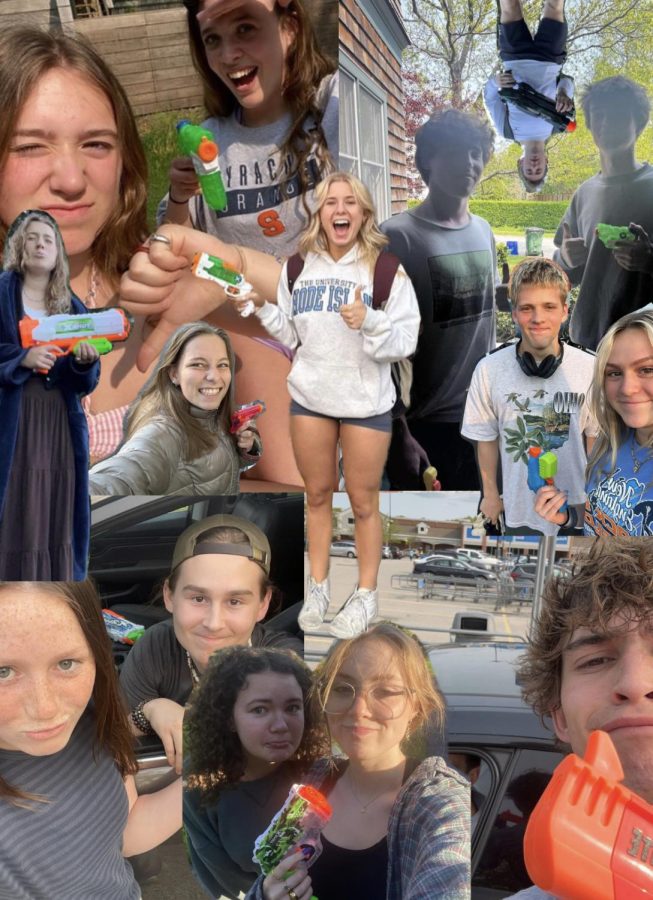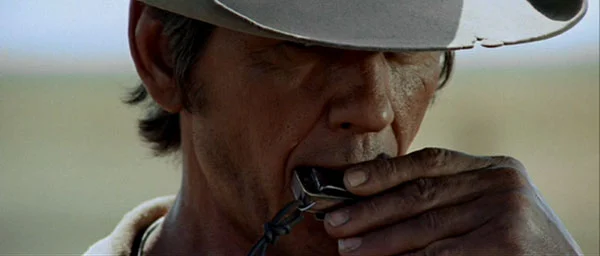Media’s Influence on Rising Generations

French artist Villemard’s 1910 postcards showcasing his vision of Parisian life in the year 2000.
In the past 24 hours I have seen aliens, corruption, violence, unidentified flying objects and teenagers fighting to their deaths (to name a few). Although I did not experience any of these events firsthand, my computer, phone, and television screen provided a vivid depiction. In the past several years, there has been a movement towards displaying dystopian and post-apocalyptic stories in fictional movies, novels and television series.
Fictitious stories involving catastrophic and destructive societies saturate our media, making violence and war appear as the only form of survival. Shows such as “The 100” and “The Walking Dead,” book series “The Hunger Games” and “Divergent,” and movies such as “The 5th Wave” and “The Maze Runner,” are all centered around the idea of a dystopian society consisting of corruption and unrest.
This recent shift towards this “end of the world” mentality in the entertainment industry has been prominent in the past few years. When my mom was a teenager, she was going to see movies about the underdog Rocky Balboa fighting Apollo Creed in “Rocky,” or a Brooklyn teenager who felt the only chance he had to succeed was to be king of the disco in “Saturday Night Fever.” Now, my brother is in 7 grade and has a field trip planned to go see a bloody battle fought between government and its citizens in the final movie of “The Hunger Games” trilogy, “Mockingjay Part II.”
Media exposes us to the themes of violence and distress at a young age. We are beginning to be desensitized to brutality and fighting as it is becomes something we see on an everyday basis. It is common and almost romanticised. For kids in elementary school today, it is something that they have seen their whole lives.
On a recent visit to an elementary school in the district for a field trip, I was in one of the classrooms while the students were having free time to draw. When I asked one of the children what they were drawing, they told me they were coloring a scene from their Minecraft computer game. In this game, players build shelters to protect themselves from the monsters that can come out and attack them at night. This is not the only virtual world involving ominous and disturbing themes; many newer video and computer games involve these ideas. One example is Slenderman, a fictitious, supernatural character who stalks, abducts, and traumatizes people, especially young children.
With the media being so saturated with cruelty and disorder, at what point do we become immune to it? With the recent attacks in Paris and the unrest in the world, it is a reminder of how real some of the depictions in the TV shows and movies truly are. The world is currently struggling, and there is violence and corruption around us. These are not “normal” occurrences, yet with the constant streaming of dystopian portrayals, to some of us it may seem as though they are.
Your donation will support the student journalists of North Kingstown High School. Your contribution will allow us to distribute a print edition of the Current Wave to all students, as well as enter journalism competitions.










